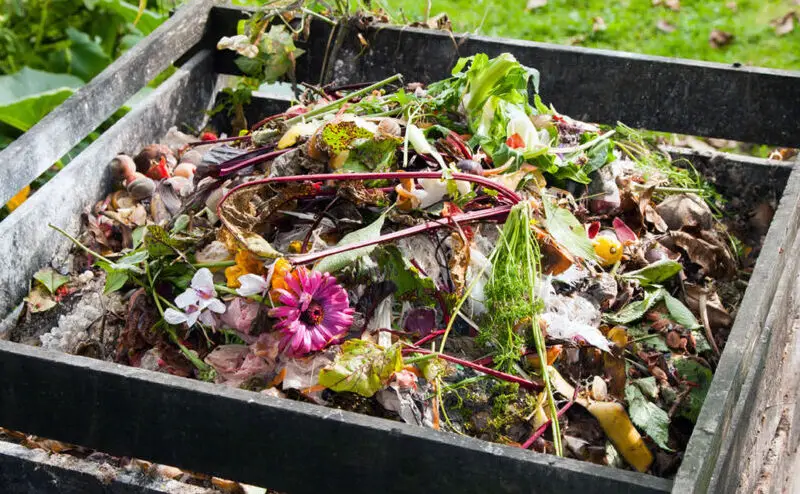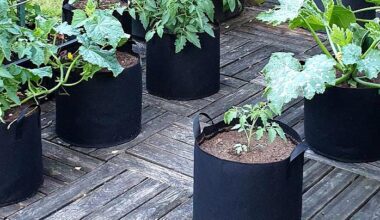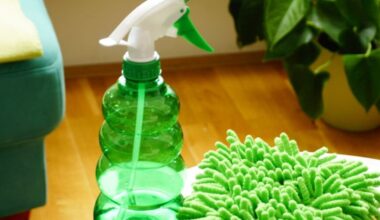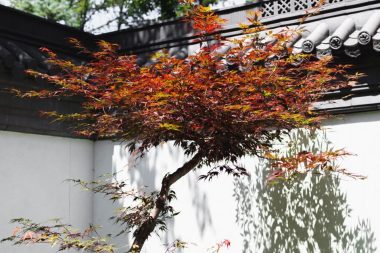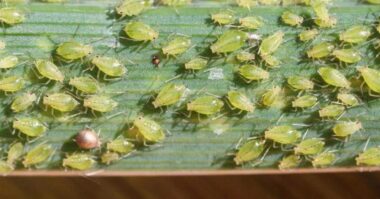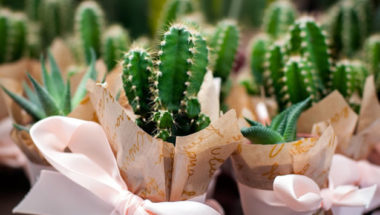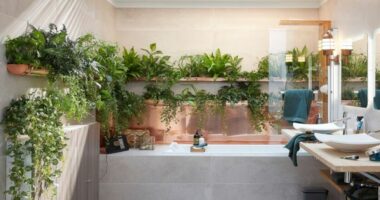Above all, compost makes it possible to get rid of a lot of domestic waste in a natural and simple way. It can be used as a fertilizer or as a fertilizer for the soil. In addition, it indirectly protects plants by acting as a fortifier of their immune defenses.
By ricochet, it allows a faster development of the treated plants. As a result, fewer losses are incurred in winter – and more fruit or vegetables are harvested on sunny days.
Contents
How to make good compost for your houseplants
You can choose a commercial composter (preferably made of wood), ideal for city gardens; you can also make it yourself with pallets, but be careful not to use just any wood, as some have undergone chemical treatments. You can also make a compost heap at the bottom of your large garden, with no space limit, but in this case it is exposed to the weather and animals.
For your compost bin, choose a shady or semi-shady location, protected from the heat of the summer. A well-managed compost is not supposed to smell bad, so it can be installed near the house, in a place that is easy and quick to access. The idea is that composting is practical!
For plant waste to decompose well, there are 3 golden rules to follow:
- We vary the different wastes (brown, green, dry, wet), and cut them into small pieces so that they degrade more easily.
- Moisture is monitored, especially during dry periods, to promote the degradation process of the materials. Conversely, if the compost is too wet, it may smell bad.
- Aerate the material above the compost bin (about 2 inches) each time you add waste, because bacteria need oxygen. This also avoids malodorous methane pockets.
What can be composted
All garden waste: grass clippings, dead leaves, wilted flowers, hedge and shrub trimmings, wood shavings, weeds, as well as household waste: vegetable and fruit peelings, coffee grounds, tea bags, egg shells, cardboard cut-outs, paper towels, litter from small herbivorous animals.
The more varied the waste, the richer the final compost will be. Avoid waste of animal origin, non-biodegradable products such as plastic or scrap metal, or products containing pollutants such as textiles, glues and varnishes, sawdust from carpentry, coal ashes, vacuum cleaner dust.
What wastes should not be put in your compost
Some waste can end up doing more harm than good to your plants, that’s why it’s best to avoid incorporating the following waste into your compost for your houseplants:
- Citrus fruits
- The cores
- Onions, garlic, shallots
- Banana peels if they are not organic (because of antibiotics)
- Organic” waste (meat, fish, eggs, dairy products).
- Glossy, colored paper and all plastics.
- Diseased plants.
When is the compost ready?
The process depends on the outside temperature. Decomposition is faster in summer and autumn, slower in other seasons. In the first few days, the waste pile heats up due to microbial action. The heat released by the compost is a consequence of the proper functioning. It is mainly a function of the volume of material to be composted.
Decomposition takes place the following month and is accompanied by a strong release of carbon dioxide gas. An ammonia odour can be caused by too high a temperature or when there is too much nitrogenous material (grass clippings) and not enough air.
The stabilization phase starts after 2 to 3 months. The diverse micro fauna gives the compost its dark color, lumpy appearance and the smell of forest soil.
After 6 to 9 months, the compost is ready to be used to enrich the soil from seedlings in the vegetable garden, to repot house or balcony plants, to cut or plant flowers and bushes in the garden beds.
How to collect the compost?
Since decomposition takes place through prolonged contact of the materials with each other in the dark (which prevents possible regrowth), the lowest layer is taken first.
- With an open-air heap, all you have to do is pick up the compost when you turn it over and where you need it.
- When it is a container, it is picked up through the bottom shelf or hatch. In some models, there is a drawer that collects moisture and allows you to use the compost juice (to be diluted) to water plants.
How to use your compost for indoor plants
Use its mature compost (6 months and +)
The ideal is to harvest mature compost (6 months and more). It has a brown or black color and the consistency of loose soil.
If there are pieces of wood or leaves that have not decomposed, you can sift your compost and put these pieces back into the new compost, where they will serve as an activator.
Ripe compost can be used for almost anything.
For houseplants
When new planter boxes are installed, 30 to 40% compost is added to healthy, aerated soil.
When renovating planter boxes, 20% compost is added to existing soil.
In the orchard
1 inch of mature compost is spread over the entire ground surface covered by tree foliage.
Use young compost (less than 6 months old)
If you don’t have enough space in your compost bin, you may be able to empty it more quickly. In this case, you have a young compost (less than 6 months old). It therefore contains materials that have not yet completely decomposed.
In all seasons, it can be spread in a thick layer around shrubs, between perennials, strawberries or “gourmet” vegetables.
If harvested in the fall, the young compost is used as ground cover. It is spread in the vegetable garden, between plants, at the foot of trees, shrubs, etc.. It will finish decomposing during the winter and protect the soil from sun, rain and wind. Finally, it will limit the proliferation of weeds.
Summary
For the lawn, the vegetable garden, the garden, the orchard… The product of its compost can be used as compost to improve the soil, protect or feed its plantations. It doesn’t matter if the compost comes from a heap, a silo, a trellis or a drum. What you should look for is its maturity.
Here we explain how to make and use compost for your house plants.
